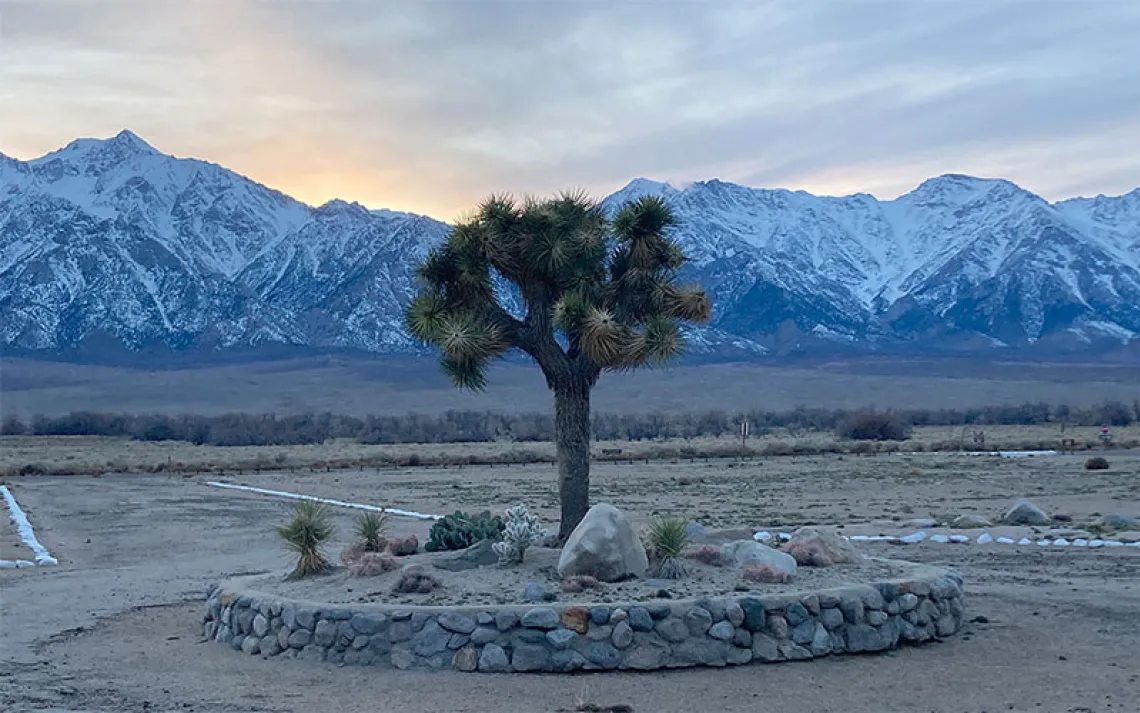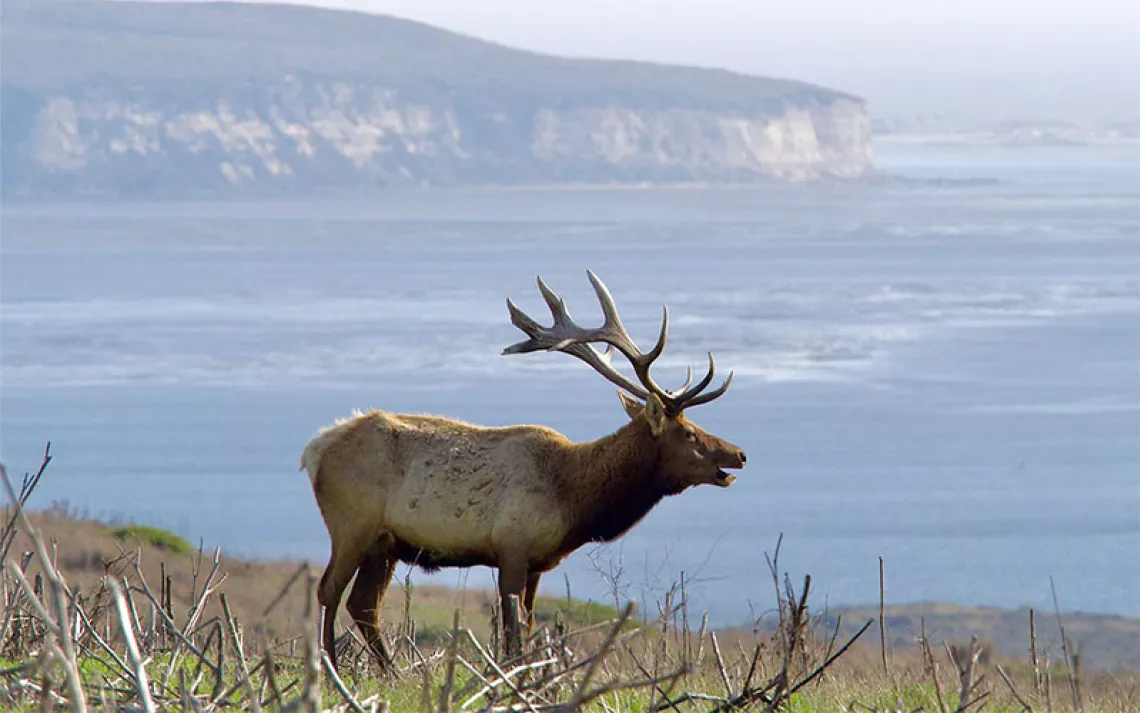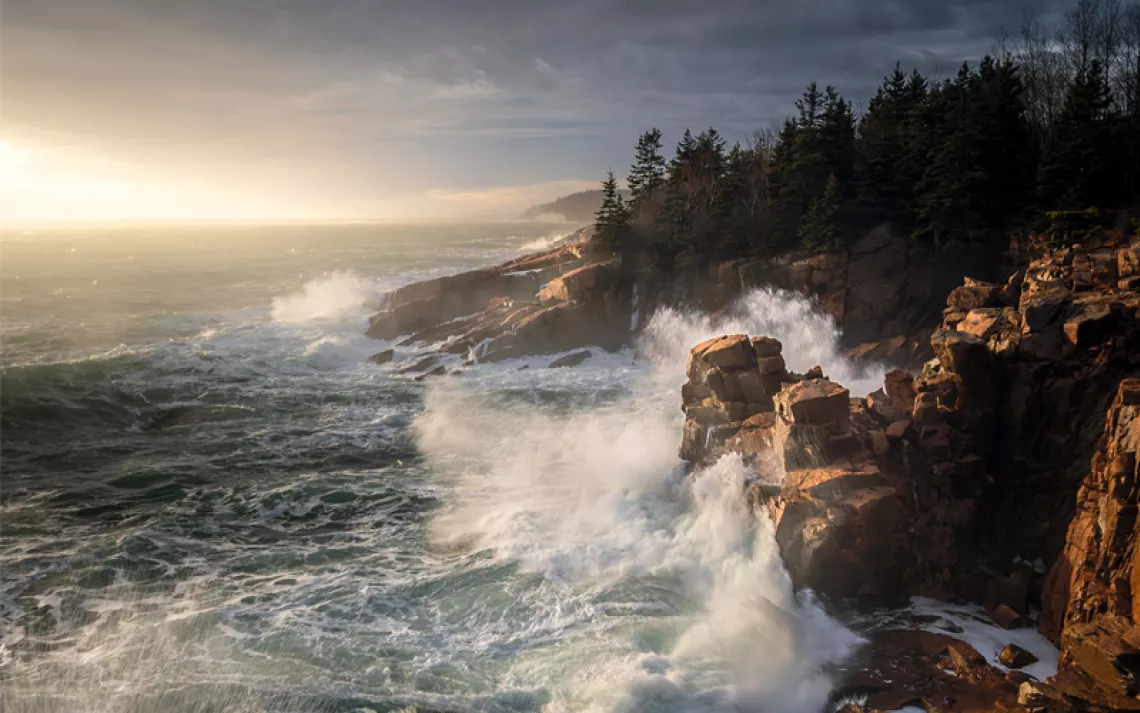Turning Walls Into Bridges
Sierra Editor Jason Mark reflects on the history of the Sierra Club

THE SIERRA CLUB'S FIRST MAJOR political battle was a fight to save a river valley. The Hetch Hetchy Valley in Yosemite National Park was, by all accounts, the equal of its more famous cousin about 15 miles away. From the language of the Ahwahneechee, Hetch Hetchy is sometimes translated as "grassy floor," and the valley, carved by the Tuolumne River, was a long plain studded with great groves of oaks. A pair of waterfalls spilled off the valley's north ledge. It was, John Muir reported, "one of nature's rarest and most precious mountain mansions."
But at the turn of the 20th century, the city of San Francisco was thirsty for water and electricity, so engineers devised a plan to plug the river with a dam. A years-long political fight ensued that pitted the state and national establishment against a group of "short-haired women and long-haired men" (in the words of one San Francisco wit) who believed that the landscape had a value beyond what could be calculated on a ledger sheet. In 1913, Congress passed a law allowing for a dam in the national park.

Sign up to receive Sierra News & Views
Get articles like this one sent directly to your inbox weekly.
With this action you affirm you want to receive Sierra Club communications and may vote on policy designated by the Sierra Club Board.
The Sierra Club had lost. The valley was flooded. In place of that grassy floor, there's now a big tub of water.
You win some; you lose some. On average, the Sierra Club has won more than it's lost. We kept dams out of Utah's Dinosaur National Monument and out of the Grand Canyon, too. We've preserved tens of millions of acres of wildlands and stopped or shut down hundreds of carbon-polluting coal power plants. And still. As David Brower, the group's first executive director, warned, all conservation victories are provisional. Just look at the Keystone XL tar sands pipeline, rising zombielike from the dead.
If, in the Trump era, prospects for environmental protection appear dim, know that hope has a way of materializing from unexpected directions. For example: Something surprising is happening today on American rivers—the dams are coming down. Riverbanks are being restored. Fish runs are returning. As Daniel Arnold writes in "Across the U.S., Rivers Are Running Free After Decades of Impoundment," "more than a thousand dams have been removed in the United States in the last 30 years."
Amid all the talk about building walls, it's good to hear that some walls are falling. The dam removals are proof of how unpredictable progress can be. Rebecca Solnit, in an essay about the Sierra Club's 125-year history, reminds us that "the future will be shaped by people, groups, ideas, and movements that emerge unexpectedly from the margins." Wild forces like rivers play their own role in shifting events in unexpected directions. The wild is a natural ally of what's being called, with a romantic flourish Muir would have loved, "the resistance." The course of an untamed river reminds us that history zigs as often as it zags.
Perhaps, in this age of brute nationalism and scientific know-nothingism, there's a way to repurpose the barriers of past centuries. "Walls turned sideways are bridges," the scholar-activist Angela Davis once said.
Let's get to bridge building.
This article appeared in the May/June 2017 edition with the headline "Tear Down These Walls."
 The Magazine of The Sierra Club
The Magazine of The Sierra Club



